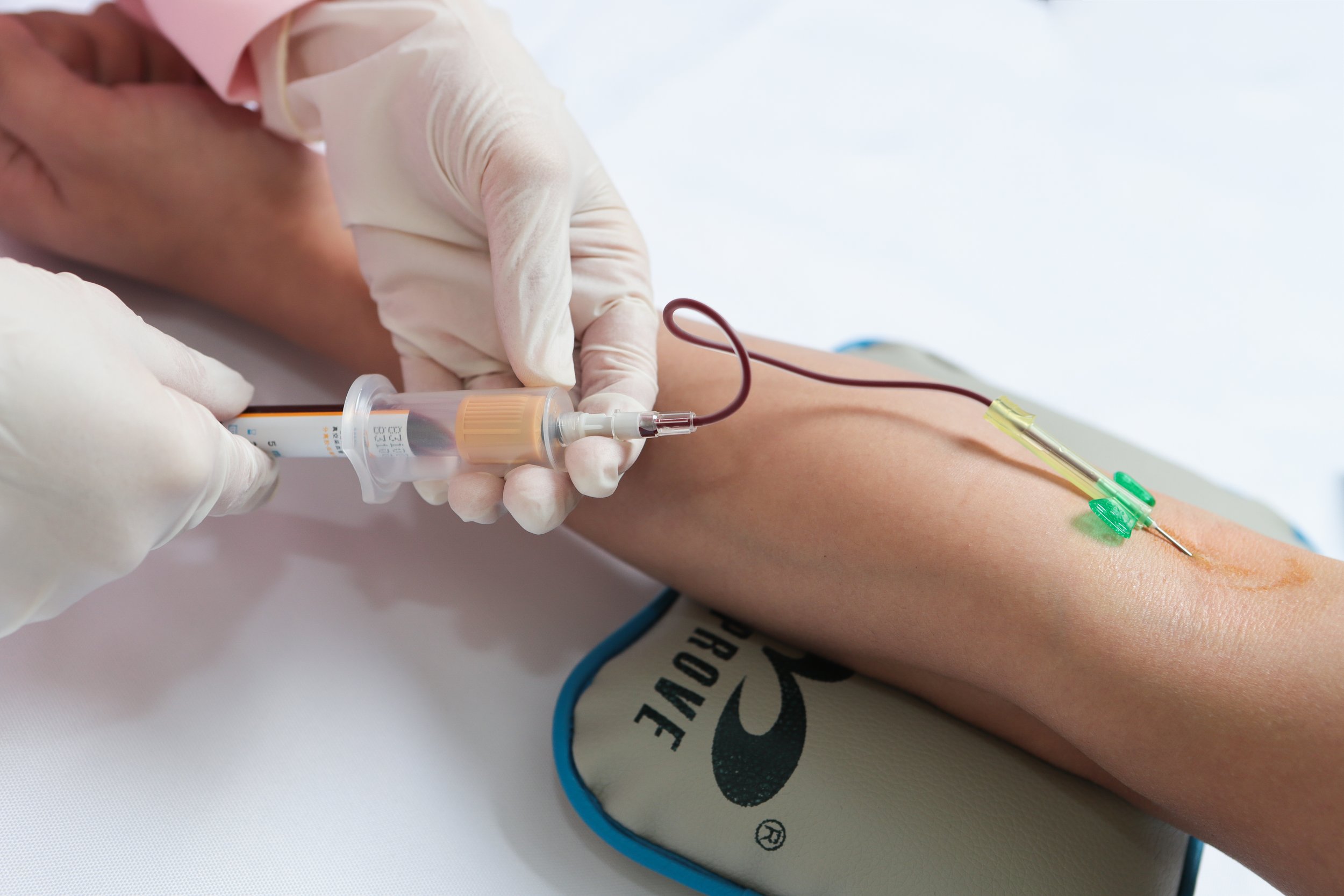Ensuring Accurate and Timely Medical Specimen Handling Practices
Summary
- Proper training and certification of phlebotomists are crucial in ensuring that medical specimens are collected accurately and safely.
- Implementing standardized procedures and protocols for specimen collection, transportation, and storage can help prevent errors and ensure timely delivery.
- Utilizing modern technology, such as barcoding and electronic tracking systems, can improve specimen tracking and reduce the risk of mislabeling or loss.
The Importance of Timely Delivery and Proper Handling of Medical Specimens
Medical laboratories play a vital role in the healthcare system by conducting various tests on patient samples to aid in diagnosis, treatment, and monitoring of diseases. Timely delivery and proper handling of medical specimens are essential for ensuring accurate and reliable Test Results. Any errors or delays in the handling of specimens can have serious consequences for patient care. In this article, we will discuss the measures that can be taken to ensure timely delivery and proper handling of medical specimens in the United States, with a focus on phlebotomy practices.
Proper Training and Certification of Phlebotomists
Phlebotomists are healthcare professionals responsible for collecting blood samples from patients for laboratory testing. Proper training and certification of phlebotomists are crucial in ensuring that medical specimens are collected accurately and safely. Phlebotomy training programs cover essential topics such as anatomy and physiology, medical terminology, blood collection techniques, infection control, and specimen handling. Phlebotomists must also pass a certification exam to demonstrate their knowledge and skills in phlebotomy.
By ensuring that phlebotomists are properly trained and certified, healthcare facilities can minimize the risk of errors in specimen collection, such as mislabeling, contamination, or improper handling. Additionally, trained phlebotomists are better equipped to handle challenging situations, such as Difficult Veins or adverse reactions during blood collection, which can help prevent delays in specimen collection.
Standardization of Procedures and Protocols
Implementing standardized procedures and protocols for specimen collection, transportation, and storage is essential for maintaining the quality and integrity of medical specimens. Standardized procedures can help prevent errors in specimen handling and ensure consistent practices across different healthcare settings. Some key measures that can be taken to standardize specimen handling procedures include:
- Using standardized collection materials, such as proper tubes and containers for different types of specimens
- Following established protocols for specimen collection, including patient identification and labeling requirements
- Adhering to guidelines for specimen transportation, such as proper packaging and temperature control
- Ensuring proper storage of specimens to maintain Sample Integrity and prevent contamination
By standardizing procedures and protocols for specimen handling, healthcare facilities can reduce the risk of errors and ensure timely delivery of specimens to the laboratory for testing.
Utilization of Modern Technology
Advancements in technology have revolutionized the field of healthcare, including the handling of medical specimens. Modern technology, such as barcoding and electronic tracking systems, can improve specimen tracking and reduce the risk of mislabeling or loss. Some of the ways in which technology can be utilized to enhance specimen handling include:
- Barcoding of specimens to ensure accurate identification and tracking throughout the collection and transportation process
- Electronic tracking systems to monitor the location and status of specimens in real time
- Integration of Electronic Health Records with laboratory information systems to streamline communication and data transfer
- Automation of specimen processing and testing to increase efficiency and reduce turnaround times
By adopting modern technology in specimen handling practices, healthcare facilities can improve the accuracy, efficiency, and timeliness of laboratory testing, ultimately leading to better patient care outcomes.
Conclusion
Timely delivery and proper handling of medical specimens are critical for ensuring accurate and reliable laboratory Test Results. By taking measures such as proper training and certification of phlebotomists, standardizing procedures and protocols, and utilizing modern technology, healthcare facilities can improve specimen handling practices and reduce the risk of errors and delays in the delivery of specimens. Ultimately, these efforts contribute to enhancing the quality of patient care and promoting positive health outcomes.

Disclaimer: The content provided on this blog is for informational purposes only, reflecting the personal opinions and insights of the author(s) on the topics. The information provided should not be used for diagnosing or treating a health problem or disease, and those seeking personal medical advice should consult with a licensed physician. Always seek the advice of your doctor or other qualified health provider regarding a medical condition. Never disregard professional medical advice or delay in seeking it because of something you have read on this website. If you think you may have a medical emergency, call 911 or go to the nearest emergency room immediately. No physician-patient relationship is created by this web site or its use. No contributors to this web site make any representations, express or implied, with respect to the information provided herein or to its use. While we strive to share accurate and up-to-date information, we cannot guarantee the completeness, reliability, or accuracy of the content. The blog may also include links to external websites and resources for the convenience of our readers. Please note that linking to other sites does not imply endorsement of their content, practices, or services by us. Readers should use their discretion and judgment while exploring any external links and resources mentioned on this blog.
